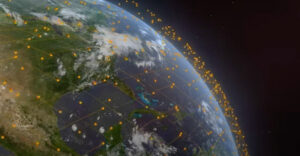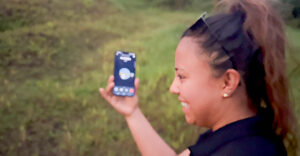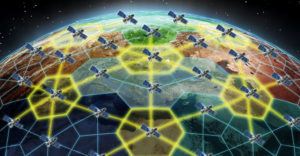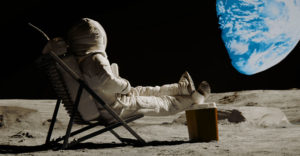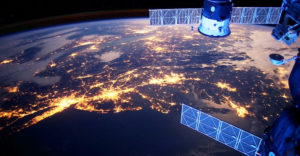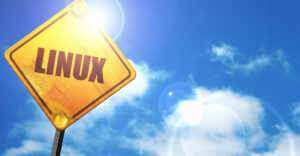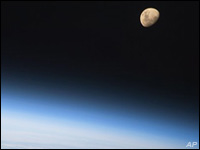
NASA is poised to launch a mission next week that will use lasers in a test of two-way communications between the Earth and the moon.
The Lunar Laser Communication Demonstration will herald a new area of space communications.
The LLCD equipment will be on board the Lunar Atmosphere and Dust Environment Explorer, or LADEE, which will launch Sept. 6 using Orbital Science’s Minotaur V rocket.

The LLCD’s main mission is to prove the validity of fundamental concepts of laser communications. It will establish the ability to encode data onto a beam of laser light.
Data will be transmitted between the Earth and the moon at 622 Mbps — about five times the speed of current state-art-of-the-art technology.
The primary ground terminal to receive and transmit LLCD signals, which is located at NASA’s White Sands Complex in New Mexico, was built at MIT’s Lincoln Laboratory.
There are two alternate sites to reduce interference from clouds. One is located at NASA’s Jet Propulsion Laboratory in California; however, it is for receiving transmissions only. The other, provided by the European Space Agency, is on the Spanish island of Tenerife off Africa’s coast; it is capable of two-way communications.
The LLCD will run for 30 days, commencing shortly after LADEE arrives in lunar orbit, 30 days after the launch.

NASA will build upon the technology used in the LLCD mission and “advance it to a higher technology readiness level for its planned Laser Communications Relay Demonstration, agency spokesperson David Steitz told TechNewsWorld.
The LCRD is scheduled to launch in 2017 to test laser communications in deep space.
Light My (Space) Fire
NASA is turning to laser communications because the radio and microwave portions of the electromagnetic spectrum are being used close to capacity. Laser communications will let NASA work within an unregulated, less crowded part of the spectrum.
The LLCD is designed to send six times more data from the moon than an equivalent state-of-the-art radio system, while using a smaller transmitter with 25 percent less power consumption.
Laser wavelengths are 10,000 times shorter than radio wavelengths, which makes them more secure and lets NASA use much smaller antennae, as the laser beams don’t spread out so much. That allows NASA to use smaller ground and space receivers.
Further, laser communications can support higher data rates with lower mass, volume and power requirements. Another benefit is that narrow beam widths will let NASA reuse optical frequencies.
The LLCD will operate in the near-infrared portion of the electromagnetic spectrum, in the realm of light photons.
“Infrared and near-infrared travel quite well in space because the wavelengths are not blocked as much as other wavelengths,” Allen Nogee, senior analyst, lasers and LED lighting at Strategies Unlimited, told TechNewsWorld.
Uses for Laser Communications
Laser communication will allow the transmission of 3D, high-definition video signals to Earth, according to NASA. That will, essentially, allow humans on Earth to remotely control robots in space.
“It would be very useful for robotic space exploration that we’re planning, because when we attempt to tele-operate a device millions of miles away, we need to be able to see what it sees and to give it instructions,” David Gump, CEO of Deep Space Industries, told TechNewsWorld.
Deep Space plans to mine asteroids for their precious metals and is working on FireFly spacecraft that would begin prospecting for potential target asteroids in 2015.
“The challenge with using lasers is that the equipment is large and heavy in many cases, and there’s been some difficulty in being able to establish and maintain the link,” Gump remarked. “We’re hopeful that NASA will be able to prove the practicality.”












